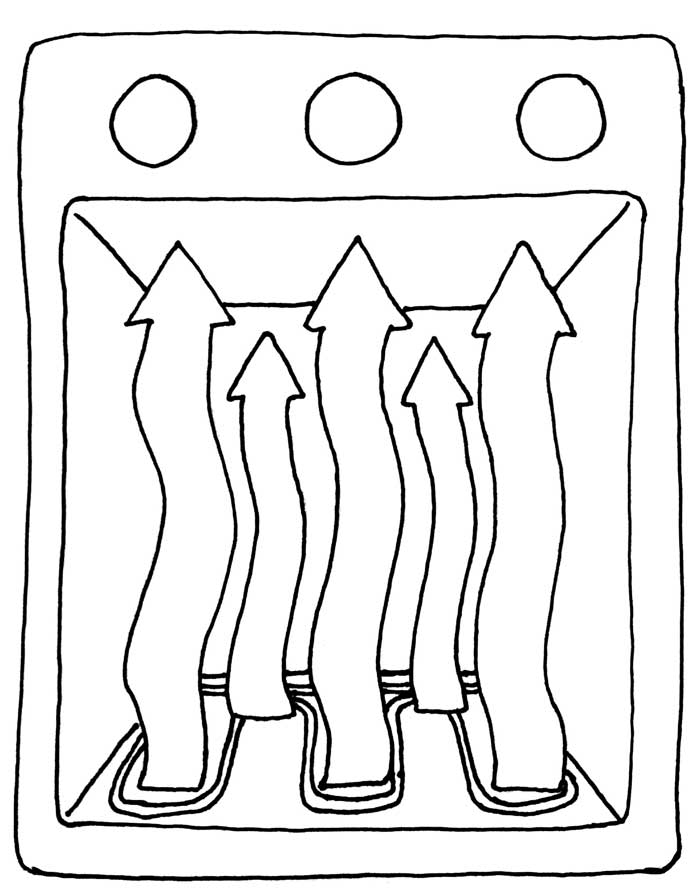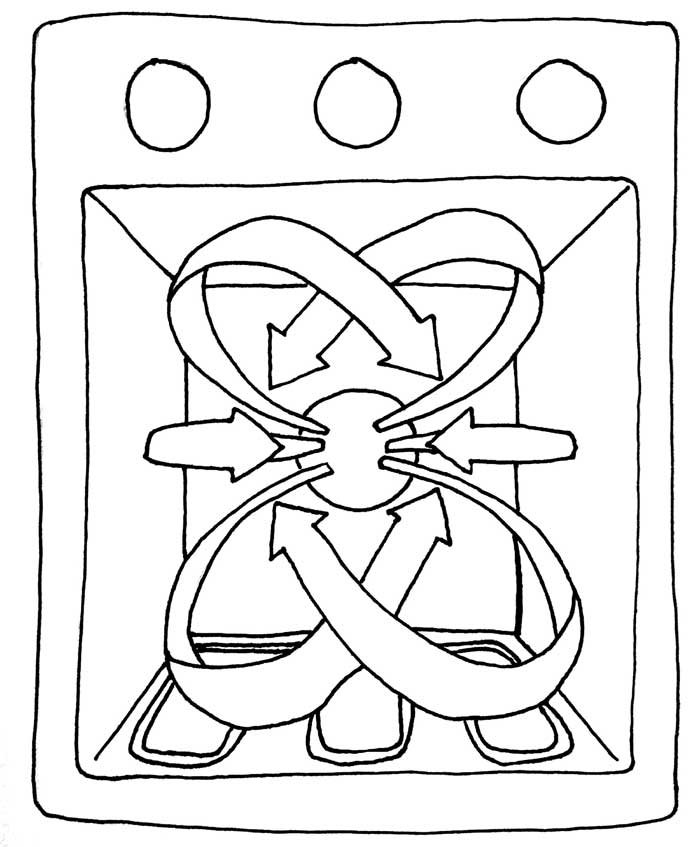How to Cook with an Oven

The oven is an indispensable resource when you are cooking. Ovens come in 2 styles:

1 Conventional
Conventional ovens have a heating element, usually at the bottom, that naturally and passively heats the air inside of the oven environment. Th is provides a hot enclosed space where indirect heat may be absorbed.

2 Convection
Convection ovens are very similar to conventional ovens, except that they have one major advantage. They have a built in fan.
This built in fan serves 2 functions:
1 The fan circulates the air and heat inside of the oven. Th is prevents hot and cool spots.
2 Circulating air makes it easier for the food you are cooking to absorb the radiant heat and come to temperature quickly and evenly.
The oven is incredibly versatile. It can help you achieve many different results depending on how you utilize it. In this section, we will cover some helpful and essential styles of cooking inside of an oven that will really build your culinary knowledge.
Let’s Review
As we have learned and practiced in the previous lessons, heat is delivered in two styles: wet heat (moist heat) and dry heat.
In practice, wet heat delivers more thermal energy than dry heat. But, the liquid water can never exceed a temperature of 212 degrees Fahrenheit (100 degrees Celsius).
We have also learned about combination cooking methods like quick stewing that uses both dry heat and wet heat to quickly cook an item, while increasing tenderness.
Inside of our oven, wet and dry heat comes into play even more. Understanding the way that heat is delivered will help you to understand what your final product will taste, and just as importantly look like.
Remember, a dry cooking technique is where heat is applied through oil, through a pan directly, or through hot air. A wet cooking technique is where water or moisture is used directly to cook a food item. Remember in the pasta section where we boiled our pasta in water? This was a wet technique. The presence of moisture released from the item being cooked does not make the technique a wet technique. This can be seen in the difference between roasting and braising.
The cooking techniques for an oven that you will learn in this section of the book are:
Baking
Baking is a dry cooking technique. This is where ingredients are cooked inside of an oven using radiant or ambient heat of the oven to raise the temperature of the food being cooked. The outside of baked items tend to be more crispy or hard because the moisture on the outside of the food has evaporated during the cooking process.
Roasting
Roasting is another dry cooking technique where a medium heat is used over a long period of time to cook large savory cuts of meat.
Braising
Braising is a combination cooking method, where a high dry heat is used initially to create a savory crust on a cut of meat. Then, it is slow cooked in liquid to create a tender fall-apart final dish.
Broiling
Broiling is a dry cooking technique where a super high heat is applied from the top of the oven down. This is to help melt cheeses and quickly brown breads to create a crispy exterior without burning the bottom of the dish. Typically, broiling is used as a finishing technique.
Learn HOW to cook in a new, fun, and exciting way! Click here for Chef Ryan’s How to Cook Cookbook